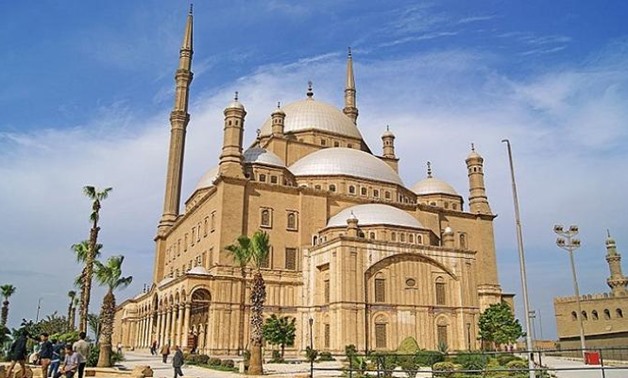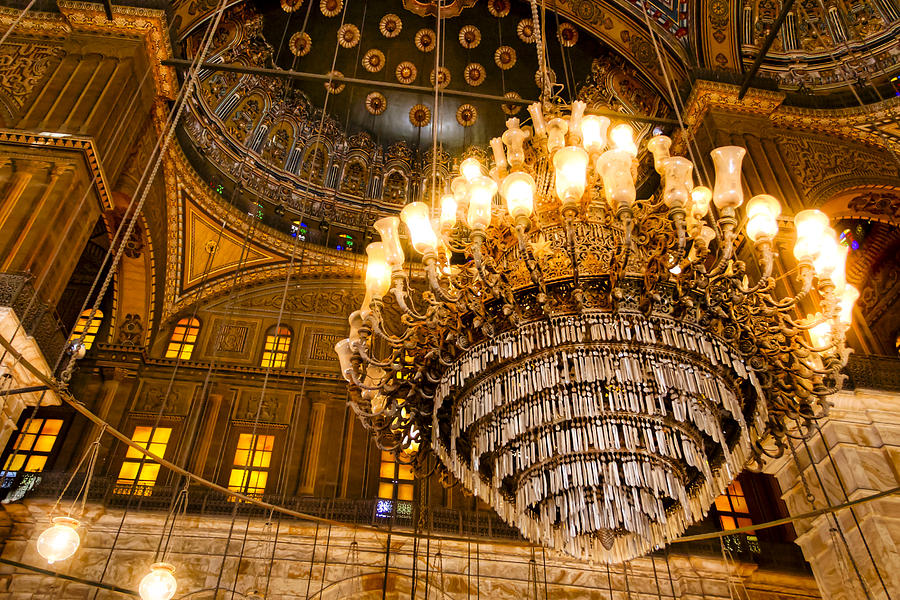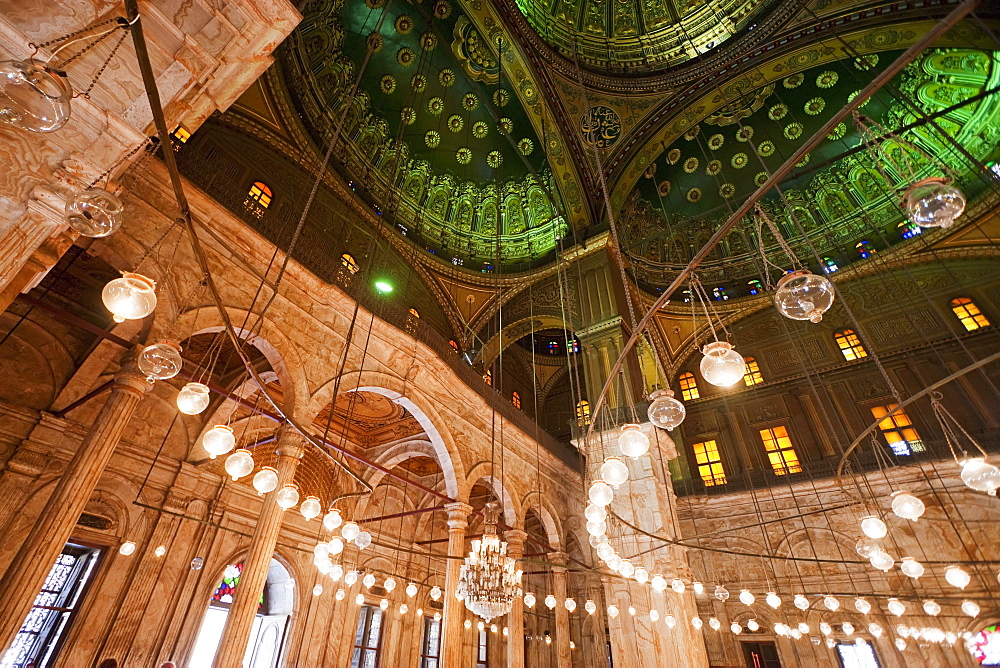Egypt witnessed the Islamic conquest in 642 A.D. by the Islamic leader Amr bin al-as who built his own mosque. Since then, Egypt became crowded by mosques were built during different eras; Umayyad, Abbasid, Fatimid, Mamluks and Ottoman. Each period of them left significant mosques with amazing architectural Islamic style. Cairo is now known as “the city of thousand minarets” for hosting countless number of mosques among them is Mohamed Ali mosque which we are going to discuss in this article. Cairo city is the home of many other distinguished mosques like Ibn tulun Mosque, Al azhar mosque, The blue mosque and Sutan Hassan mosque.

Mohamed Ali Pasha
During the Ottoman Empire, the Turks chose Mohamed Ali Pasha to modernize Egypt. Later, he expanded his influence into Sudan, Syria, and Arabia. However, the Ottoman sultan grew concerned that Mohamed Ali might pose a threat. Consequently, the sultan allied with the British to weaken Mohamed Ali’s control. They forced him to relinquish all territories except Egypt and Sudan.
Initially, Mohamed Ali Pasha was an Albanian who spoke no Arabic when the Ottomans appointed him as an officer. His mission was to free Egypt from the Mamluks. Eventually, he began to rule Egypt independently and established a dynasty, with his sons succeeding him as khedives (the Egyptian royal family).
Under Mohamed Ali Pasha’s rule, both industry and agriculture flourished. Additionally, roads were constructed, and palaces were built in the citadel of Salah El Din, which dates back to the 12th century during the Ayyubid period.
Mohamed Ali mosque
The Mosque of Mohamed Ali was built in 1830 on the highest point of the citadel’s courtyard. It is likely inspired by Ottoman mosque styles because the architect, Yusuf Boushanq from Istanbul, designed it to resemble the Sultan Ahmed Mosque in Turkey. The construction process spanned about 15 to 20 years, from 1830 to 1849, and continued even after Mohamed Ali’s death.
Today, the mosque is a major feature of Cairo’s attractions and ranks among the top Islamic sites. For those interested in Islamic architectural art, travel to Egypt often includes Cairo day tours and budget tours that definitely feature a visit to this mosque.
Mohamed Ali mosque interior design
The mosque required renovation in 1899 when cracks appeared. During the reign of Khedive Fouad I, a committee was established to examine the mosque. The structure primarily used limestone, but the lower parts were built with alabaster, leading some people to call it the Alabaster Mosque. The domes feature pointed ends and are beautifully decorated inside with Islamic art and Ottoman writing. Additionally, the minarets are adorned with golden decorations; one, made of marble, was gifted by King Farouk in 1939.
Inside the mosque, you will find the tomb of Mohamed Ali. Although he was not originally buried there, his body was later transferred to rest in the white marble tomb adjacent to his mosque.
The mosque features an open courtyard with a central fountain covered in intricate decorations. Its design clearly reflects influences from Turkish and Byzantine styles. Four façades, made of Egyptian marble, surround the mosque. The main façade, located on the east, has two wooden doors. To the right of the entrance, the façade is decorated with vegetal and geometric motifs. To the left, columns of marble support a façade with circular arches.
Inside, the mosque’s floor is divided into two sections. The western section contains the prayer hall, centered around a large dome. Conversely, the eastern section consists of a courtyard.














